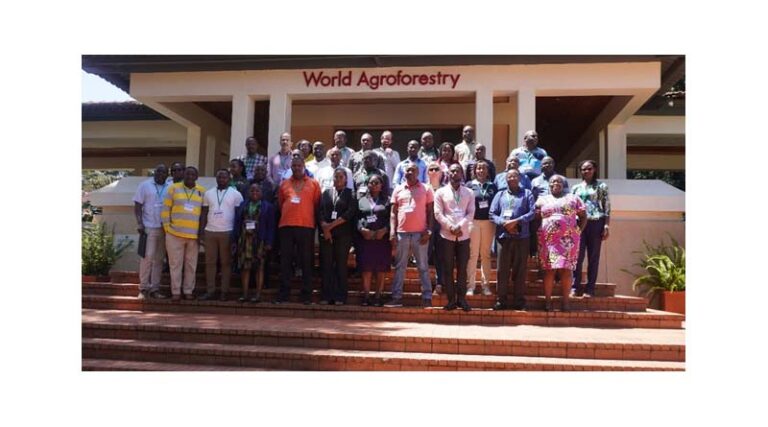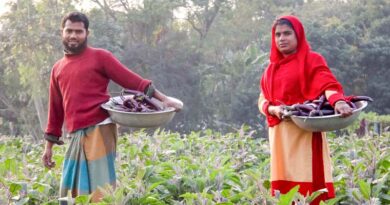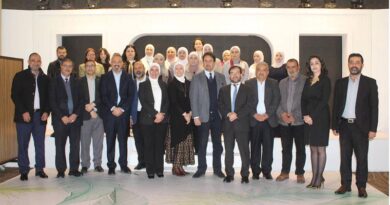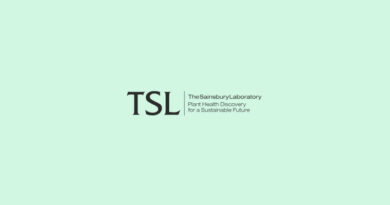
Beyond the Kenya National Agroecology Strategy
06 October 2025, Kenya: The establishment of enabling policies and institutional frameworks is widely recognized as essential for driving agroecological transitions toward a more inclusive, resilient and sustainable food system. In this regard, Kenya is at the forefront with the recent launch of the National Agroecology Strategy for Food System Transformation 2024-2033 (NAS-FST).This, along with county-level agroecology policies in regions such as Murang’a and Vihiga reflects a strong commitment to creating an enabling environment to foster agroecological transitions.
However, despite the increasing number of agroecology-related policies, evidence of their practical impact in driving meaningful transitions within the food system remains unclear. To support their effective implementation, a robust Monitoring and Evaluation (M&E) framework is crucial to track the effectiveness of their implementation and the progress of such policies in meeting their intended objectives.
A multi-stakeholder approach to monitoring agroecology
In response to this need, the EU/IFAD-funded TRANSITIONS Metrics project under the Transformative Partnership Platform on Agroecology (AE-TPP), convened a three-day in-person workshop to develop a monitoring and evaluation framework for the NAS-FST. Organized on behalf of the Kenyan Ministry of Agriculture and Livestock Development (MoALD) and facilitated through the Intersectoral Forum on Agroecology and Agrobiodiversity (ISFAA), the workshop brought together over 50 diverse food system actors, including representatives from national ministries, civil society, international organizations, county governments, the private sector and academia.
Anchored based on multistakeholder perspectives, the workshop leveraged diverse expertise to establish the foundation for an inclusive and practical M&E framework. Participants were guided by a 10-step holistic assessment approach developed by the Center for International Forestry Research and World Agroforestry (CIFOR-ICRAF)’s TRANSITIONS Metrics project, ensuring a rigorous and adaptable framework. This article highlights key insights from the workshop deliberations, offering valuable lessons that could inform the development of similar policy assessment frameworks in the future.
Consensus on agroecology as a theoretical foundation to sustainable food system: The discussion explored the unique value proposition of agroecology compared to other forms of regenerative agriculture in achieving sustainable food systems. Given its holistic approach to addressing multiple food system challenges, agroecology was affirmed as a strong theoretical foundation for the M&E framework. This was further validated by the development of the NAS-FST through a multistakeholder process, which positioned agroecology as a viable pathway to sustainability.
However, the preference between the 13 principles and 10 elements of agroecology was debated due to their overlapping nature. To create a more streamlined and effective M&E framework, participants proposed consolidating both principles and elements into a smaller set of comprehensive concepts, making tracking and evaluation more practical and efficient.
Cross-sector collaborations is pivotal to sustained implementation and effectiveness of monitoring frameworks: Monitoring frameworks function across multiple levels and impact various sectors, making cross-sector collaboration crucial for their long-term implementation and effectiveness. While political goodwill plays a role in policy formulation, the successful execution of agroecology policies and their associated M&E frameworks at the grassroots hinges on their ability to address the needs of key stakeholders. Beyond aligning with national and regional legal frameworks to enhance coherence and garner broad support, these frameworks should also be tailored to sector-specific and local priorities to foster ownership and ensure effective implementation. This should be reinforced by strong accountability mechanisms, with clearly defined and mutually agreed-upon roles.
Meaningfully engaging all relevant actors in the M&E design process: The successful planning and execution of the NAS M&E framework requires more than just a superficial inclusion—it demands a thoughtful identification of who should be engaged at different stages of design and implementation. A stakeholder mapping exercise revealed that while 51 organizations were classified as highly relevant and interested, only 27 were actively represented in discussions. Notably, county governments were largely overlooked in the M&E design process, being mapped only as data sources and actors in data collection, despite their critical role in planning, design and execution.
This gap underscores the need for an iterative approach to stakeholder identification, ensuring that all essential actors are actively involved in relevant stages of the process to enhance the effectiveness and sustainability of the M&E framework.
Recognizing farmers as key data sources in any successful M&E process, their increased representation in the framework’s design was widely supported. However, given the technical complexity of M&E design, it was unclear whether deep farmer involvement in this phase would be the best use of their limited time. While the most effective engagement approach remained uncertain, involving farmers in identifying priority metrics was deemed essential for practical indicator selection. The challenge, however, lay in integrating diverse farmer priorities across different regions. Additionally, the assumption that farmers are illiterate was dispelled, emphasizing the importance of engaging those who can contribute meaningfully.
Effectively measuring what matters: Other than having the right people and vision, the selection and tracking of relevant metrics is a key component to assessing the progress and effectiveness of agroecology policies to achieving sustainability in food systems. It was noted that in selecting what matters to measure, smart indicators that are specific, measurable, achievable, relevant and time-bound should be targeted. The metrics evaluation process was crucial in flagging out redundant, unclear and unrealistic metrics ensuring that only what is useful in attaining the assessment objective is retained. However, prioritized metrics was considered to vary with time and dynamic multidimensional conditions. Thus, the metrics selection and review process were better considered a continuous rather than a one-time process, necessitating the consideration of the M&E framework as a living document subject to periodic review and updates.
To support a holistic decision-making process, the workshop emphasized the need for an integrated data management platform to consolidate multi-scale data from fragmented sources into a cohesive and synchronized data management platform with an integrated front end information dashboard. This platform would improve data accessibility, streamline tracking and enable real-time progress monitoring through an automated dashboard, ensuring informed and data-driven decision-making.
Additionally, strengthening coordination mechanisms was identified as essential for the successful implementation of the NAS. However, insufficient financial resources were flagged as a major setback. As a result, prioritizing donor engagement was deemed critical to securing funding for both the M&E framework design and the broader NAS implementation.
The workshop marked a significant milestone in shaping an effective M&E framework for the NAS-FST. Through multi-stakeholder collaboration and a clearly defined path forward, the co-designed framework aims to enhance accountability and inform data-driven decision-making. Moving ahead, sustained stakeholder engagement, institutional coordination, and resource mobilization will be vital in transforming the strategy into action. With supportive governance structures, innovative data management platform, and policy support, Kenya is well-positioned to push forward the agroecology and sustainable food systems agenda.
Also Read: Maize Prices in India Fall Nearly 10% in September 2025 Amid Surplus Supplies
📢 If You’re in Agriculture, Make Sure the Right People Hear Your Story.
From product launches to strategic announcements, Global Agriculture offers unmatched visibility across international agri-business markets. Connect with us at pr@global-agriculture.com to explore editorial and advertising opportunities that reach the right audience, worldwide.






